Samarkand. 27 October. REPORT.AZ/ Samarkand is a city that has seen a lot of empires and warlords. Founded in 732 B.C. it has seen Alexander the Great, Genghis Khan, Amir Timur (Tamerlan). It is necessary to mention that flourishing of this city and becoming open air museum is regarded with the latter’s name.
The tomb of Amir Timur
It is impossible to imagine the city without the mausoleum for a person who made this city one of the developed, beautiful and rich places on the Great Silk Way.
Amir Timur revived Samarkand and built here a lot of cultural monuments that still exist. In memory of Amir Timur’s services tomb was erected in honor of him and Amir Timur’s family which remained until today.
There are legends that Soviet scientists who dug up the grave of great ruler along with that they opened the curse which led to the beginning of the Great Patriotic War. Two days after opening the tomb of Amir, on the night of October 22 fascist Germany without declaring war invaded Soviet Union. Many people associated it with opening the grave of Timur. Samarkand got into a panic. The expedition was immediately suspended and remains of Timur and Timurid dynasty were sent to Moscow for research. Some people believe it, others don’t. Nevertheless, the legend attracts thousands of tourists to this place.

A calling card of Samarkand is three magnificent Madrassas on Registan square. Ensemble of three madrassas - Ulugbek Madrasa, Sherdor Madrasa, Tillia-Kari Madrassa are unique examples of town planning and architectural design of city’s main square.
In 2001, this ensemble along with other ancient historical buildings of Samarkand were included in the UNESCO World Heritage List.
Apart from religious books, secular sciences were also studied in the building which was unusual for madrasas at that time. The windows of madrasa are decorated with lattice – shebeke. It was made so students in madrasa and traders in the square could not see and listen each other without being detracted from their work.
The buildings are decorated with smalt patterns, symbols belonged to Sufis and inscriptions from Koran.

The grand central mosque of Amir Timur is rich with decorated ornaments, carved marble and inscriptions.
The mosque was erected on the order of Tamerlan after his victorious march to India. The legend says the mosque was named in honor of his lovely wife. The mosque was destroyed over the time, but thanks to efforts of Uzbekistan, at the expense of state budget and foreign creditors, like many other historical complexes, the mosque was also restored and took the original view.

Perhaps one of the significant cultural monuments if not for beautifulness but for importance can be called observatory of great astronomer, Mirzo Ulugh Beg. Great scholar who possessed the observatory equipped with the latest achievements of that time, managed to define accurately the location of 1700 stars on celestial map and collect them in constellation.
Only a part of sextant used by Ulug Beg preserved up till today. But his work and scientific research is used and remain valid until now.
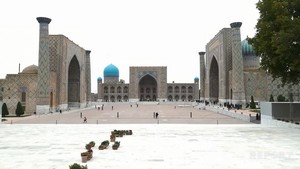
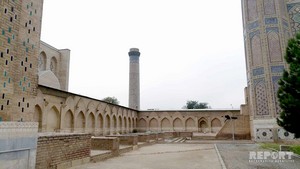
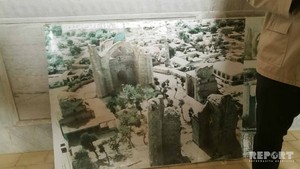
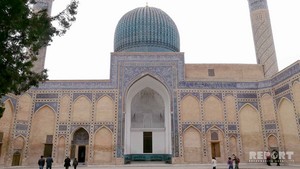
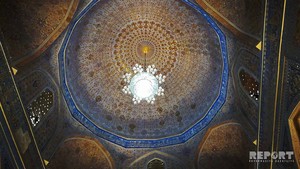
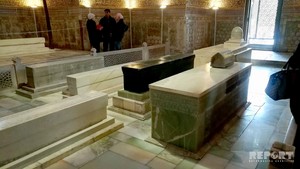
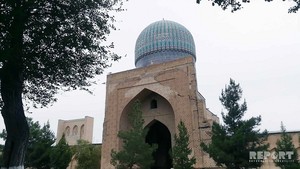

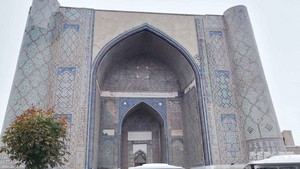
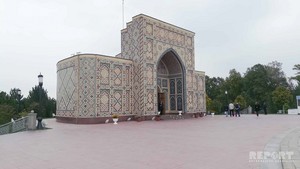


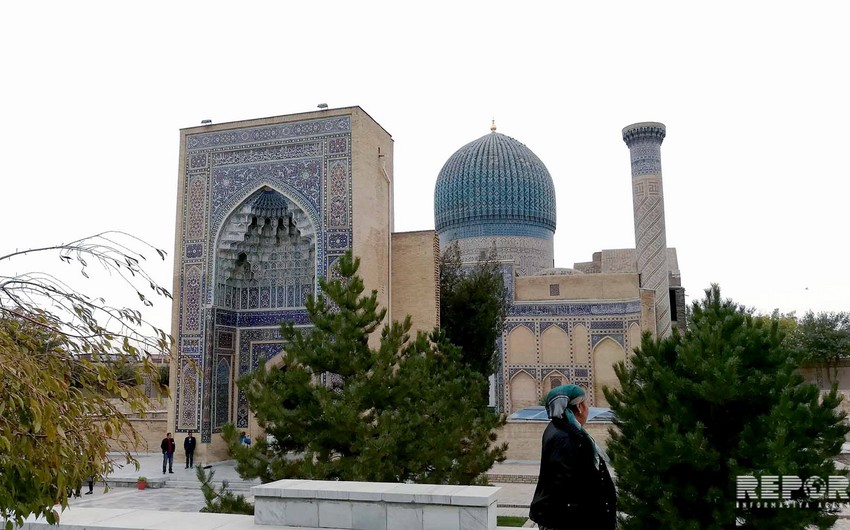 https://images.report.az/photo/f0fb8188-a9d4-4953-9621-5fd20afc11f1.jpg
https://images.report.az/photo/f0fb8188-a9d4-4953-9621-5fd20afc11f1.jpg

